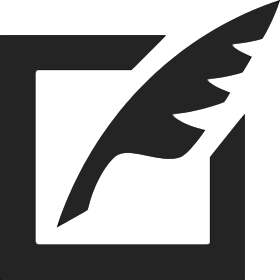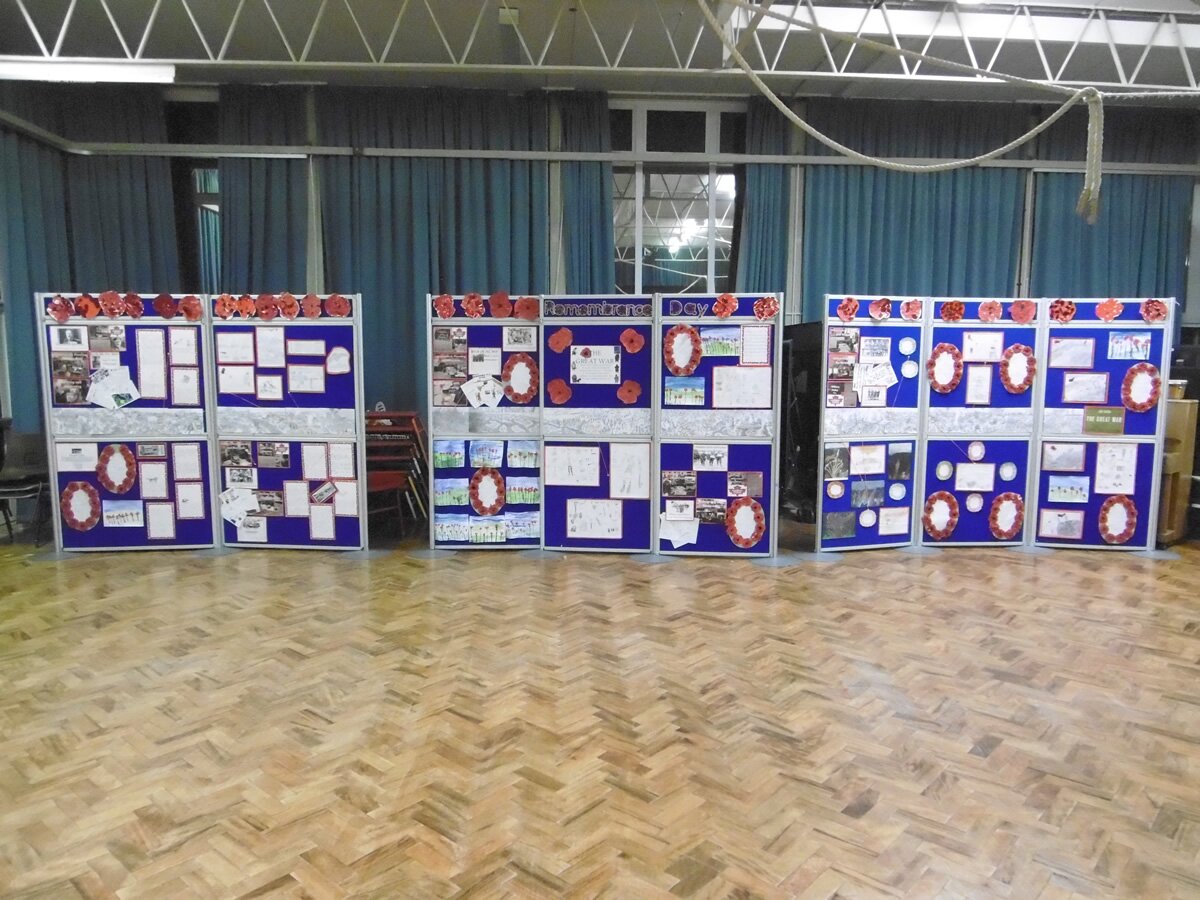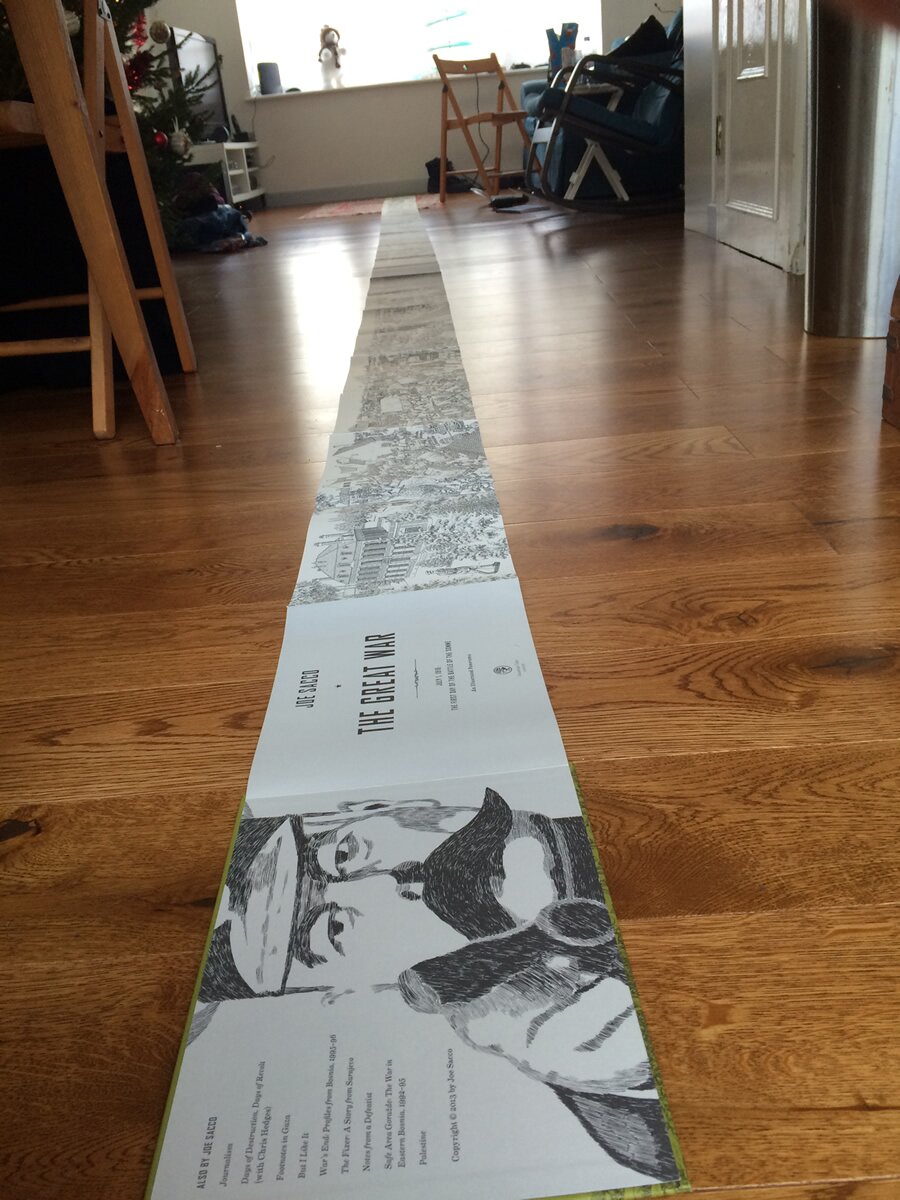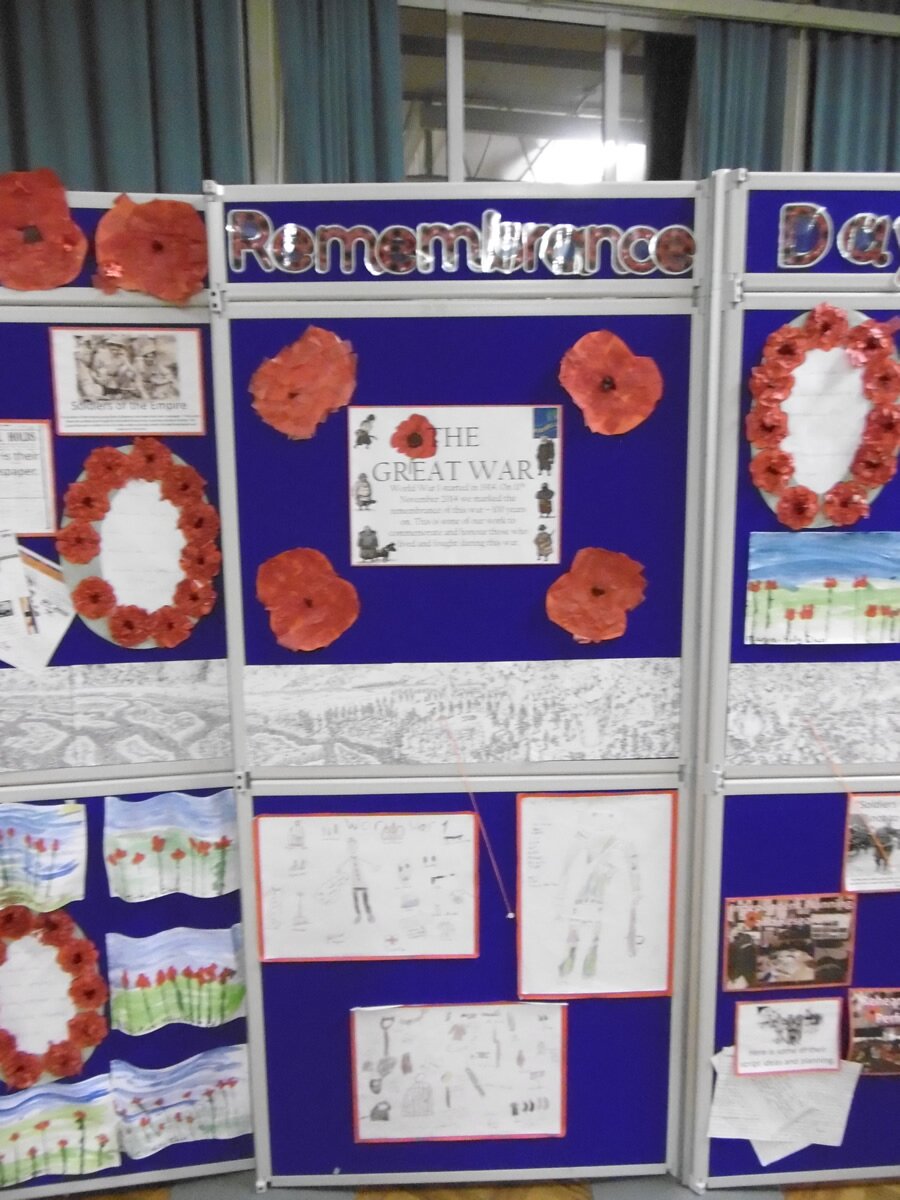I’m a big fan of helping others learn more about history – particularly when it involves thinking a little bit of the box to make the subject really come to life. I was genuinely impressed recently when my brother, a teacher at Purwell School in Hitchin, Hertfordshire, began to describe to me how the teaching staff at that school had done exactly that.
In this instance they’d used Joe Sacco’s magnificent graphic novel as the foundation for a school project exploring WW1 with primary school children. I asked him if he’d agree to tell me about more about it here, and he was kind enough to agree. The resulting interview is below.
What was the occasion for doing this as a project?
I’m a teacher at Purwell School in Hitchin, North Hertfordshire and the Headmaster and all the staff wanted to do something special to commemorate the 100th anniversary of the outbreak of the First World War. As a school, we’ve got children from ages from four to eleven (Reception to Year Six) and we were really keen to find a way for all the children to understand a bit more about the War on an individual level. It was a whole school thing, with a whole day dedicated to working on it.
Technically it was an off-curriculum day, but it undoubtedly touched on various parts of the curriculum as well – from drama, to literacy, to more creative projects.
What was the reason for selecting Joe Sacco’s “The Great War” for the central theme?
For the last few years I’ve been getting into exploring the world of Graphic Novels and had heard of Joe Sacco because of his graphic novel Palestine, which detailed his experiences in the West Bank and the Gaza Strip during the early nineties. Then last year whilst we were discussing the Battle of the Somme it was you, of course, that pointed out to me that he’d created another brilliant graphic novel as well – The Great War.
If anyone reading this hasn’t seen that… well… they really should. I don’t think it’s even fair to call it a graphic novel really, it’s a real work of art. It focuses on the first day of the Battle of the Somme and is a detailed, fold-out, illustrated panoramic view of a whole section of the front with… hang on, you’ve got a copy! Take a picture!
So the beauty of Sacco’s The Great War, his notes and the accompanying essay by Adam Hochschild is they provide a really detailed, but really well explained, snapshot of everything that happened at the Somme and that was perfect for building a short burst of lessons and activities around.
So how did this become a whole school thing?
We’d been discussing just what we’d do since the end of previous school year and as a school our philisophy is very much geared towards Guy Claxton and his Building Learning Powers, which is about encouraging independent learning and exploration – you build a culture within which the children can explore and learn as much for themselves as under the teacher’s direction. Sacco’s The Great War seemed a perfect foundation for doing that for this subject, as we realised it could allow all the classes to do different things based on their abilities and levels, whilst still having a central binding theme that all the children could feel part of.
And what did the different classes do as part of that?
Reception focused very much on the symbol of the poppy, Remembrance Day and why we need to remember at all. They put together poppies using tissue paper and other materials to feature on the display.
Year One were able to take that a bit further and explore all of the above, but also the image of the battlefield itself and what it might have looked like afterwards (both at the Somme and elsewhere). They then looked at how this led to the poppy becoming a symbol for remembrance. They produced the paintings of poppies and landscapes the display features.
Year Two looked at things from a more literary perspective – they did some writing (including short verse) about wounded soldiers and their feelings and emotions. They also covered the impact the first real use of heavy artillery had on the environment and buildings – something they then translated into art.
Year Three looked at the role of animals during the war – medical dogs, carrier pigeons, horses etc. They also produced an amazing soldier’s diary with illustrations.
Year Four is probably the area I know about most, because it was my class! They’d actually seen the source material earlier in the year already, which perhaps gave them a little bit of a head start. I was able to split them into groups. Some focused on doing written and illustrated news reports (no computer graphics!) whilst the others had to script and perform their own news report. Overall, they looked at Douglas Haig, food in the trenches and at schools back home, soldiers of the Empire and their role, exploring the rights or wrongs of not stopping for wounded soldiers and of the role military police played in the trenches.
Year Five and Year Six both undertook a detailed exploration of the world of the front line soldier. So what day-to-day life was like in the trenches for these men, many of whom would have been teenagers and not that much older really than the children themselves or older brothers or other family members. Year Five focused on the equipment – not just in the sense of what they would have had and what it did, but also on the weight of this equipment and the impact that would have had on these soldiers as they advanced. They produced some really detailed diagrams and drawings showing the kind of gear the soldiers carried.
Year Six, meanwhile, focused more on the different types of weapons – from heavy weaponry to the kind of weapons that would have been carried by individual soldiers. They looked at why these weapons were effective (or ineffective) and the impact that had on the loss of life and how they changed the nature of warfare. They too produced illustrations helping to describe what they’d learnt.
And how, as a school, were all these elements drawn together?
We’re lucky to have a nice, large display space in our main hall and we decided to make use of that. It felt a bit bad cutting up my copy of Joe Sacco, but we wanted to have that running across the full display, with both the children’s work and other annotations around it. You can hopefully get an idea of that from all the images. To provide a strong sense of narrative it was important to mix (and explain) the work of the various classes with some of the specific notes made by Sacco and Hochschild – as well as class interpretations of the various scenes from Great War itself.
Are you happy with the result?
We’re very happy! More importantly so are the children. It can sometimes be hard to cover the First World War for these age groups in a way that doesn’t feel too distant or cliched, and we really wanted to avoid that. By find a way to make it more accessible and human, it really felt that they could relate to it more. An important part of that was also that Sacco’s work, by being so comprehensive and visual, really allowed us to talk about the fact that even on the Western Front this was a war that affected people from all over the world. Being able to talk about the role played by people from Australia, New Zealand, the West Indies, from India, from well… everywhere really, was vital.
In fact we’ve decided to leave the display up for the whole school year and we’ve invited parents to come and have a look as well.
Congratulations to the staff at Purwell School for an impressive project and display. Those interested in finding out more (or getting a copy of) The Great War .




Very impressive work, I like the approach. I think this will give the kids a grounding in WW1 which they can build on in the future.
Outstanding way of approaching history. Thanks for including the animals. At least a million horses were killed in this conflict, let alone Rottweilers and Pigeons. This is beautifully documented in Michael Morpurgo’s “War Horse” and the adaptation to stage and screen. Congratulation to Mr. Bull for the article and to his brother and the Purwell School for telling the truth about history in such a creative manner.